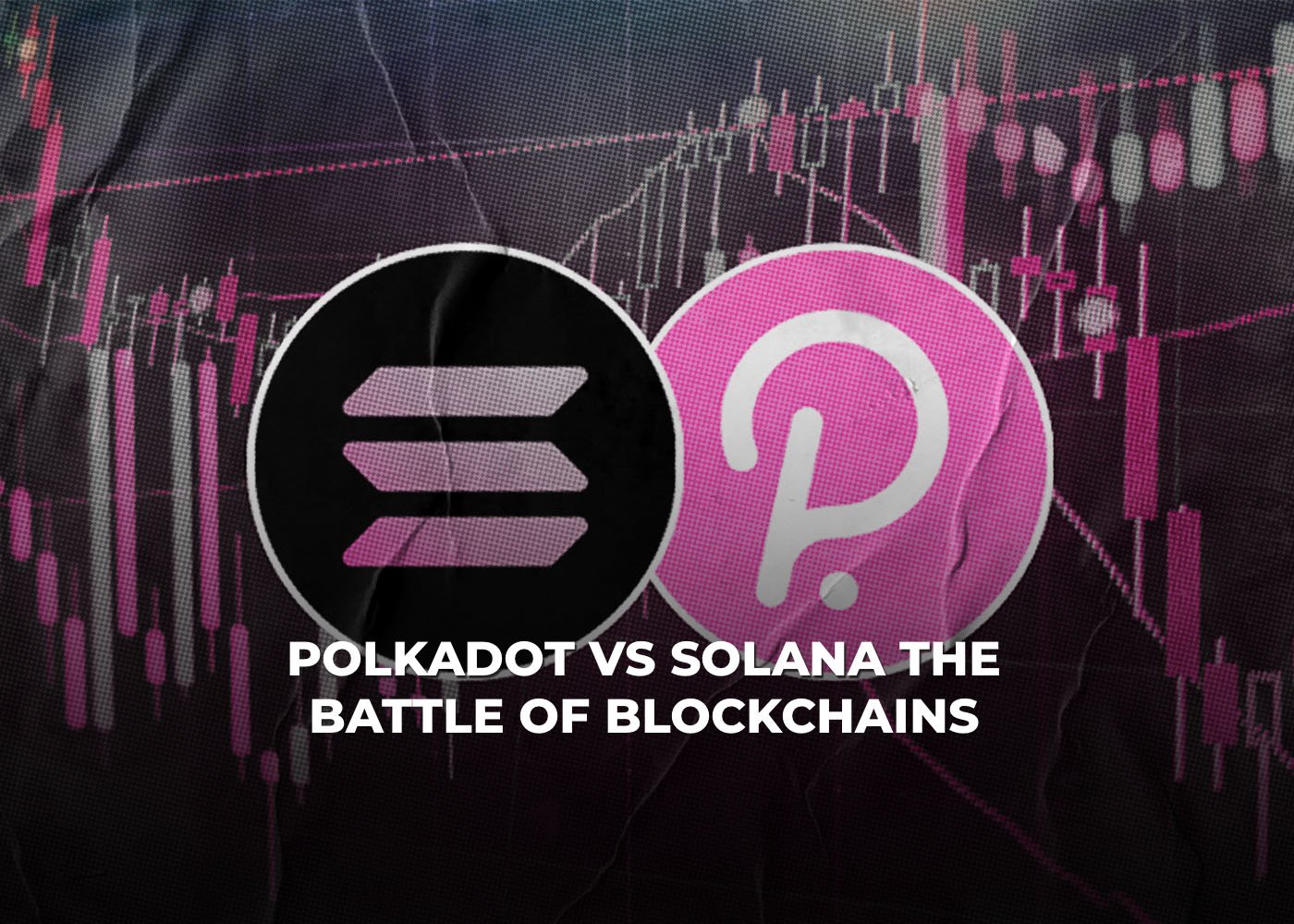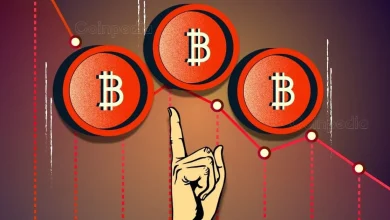
As blockchain technology evolves, making an informed decision when choosing the right platform for your business needs has become increasingly challenging. In this blog post, we will look into the Polkadot vs Solana comparison – two leading blockchain networks that are vying for dominance in the decentralized ecosystem. We’ll look at their features, scalability, and overall security to determine which suits businesses seeking a reliable network infrastructure. By the end of this post, you should understand both platforms well and how they fare against one another. So let’s delve into Polkadot vs Solana: The Battle of Blockchains!

Polkadot vs Solana: What Are They?
Polkadot and Solana are both blockchain networks that aim to provide faster, more scalable, and more interoperable decentralized applications (dApps) than traditional ones.
Polkadot is a multi-chain platform connecting different blockchains in a single network. Its architecture allows multiple specialized blockchains, or “parachains,” to operate in parallel, allowing for greater scalability and faster transaction processing. Polkadot also provides a governance framework that allows stakeholders to vote on proposals and changes to the network.
Solana, on the other hand, is a single blockchain network designed to handle high throughput and low latency. Solana uses a unique consensus mechanism called “Proof-of-History,” which enables the network to process transactions in parallel, greatly increasing transaction processing speed. Solana also features a programming language called “Rust” that enables developers to build dApps on the network.
Polkadot vs Solana: Which Blockchain Is Better?
While both Polkadot and Solana aim to solve similar problems, they have different approaches to achieving their goals. Polkadot aims to connect multiple specialized blockchains together, while Solana aims to provide a single high-performance blockchain network.
Therefore, if you need a platform connecting multiple specialized blockchains, Polkadot may be a better option. If you need a high-performance, single blockchain network, Solana may be a better choice.
Undeniably, Solana is the fastest blockchain available right now with a capability of up to 65,000 transactions/second. That’s exponentially faster than Polkadot, which only manages 1,000 transactions per second. But when it comes down to sustainability and interoperability, Polkadot outstrips Solana by leaps and bounds as it has the lowest carbon footprint in the industry today – making them an indisputable winner here!
So, When It Comes to Polkadot vs Solana, It All Comes Down to Your Preference
Ultimately, deciding which blockchain protocol to use for your business depends on your preferences and needs. Polkadot and Solana offer innovative features within their respective protocols that can improve scalability, security, and cost-effectiveness. However, Polkadot is better suited for projects with multiple participants or multiple teams due to its parachain technology, while Solana is well-suited for projects focused on speed. With both having competition in the market, users do have plenty of options when it comes to selecting the right platform for them.






